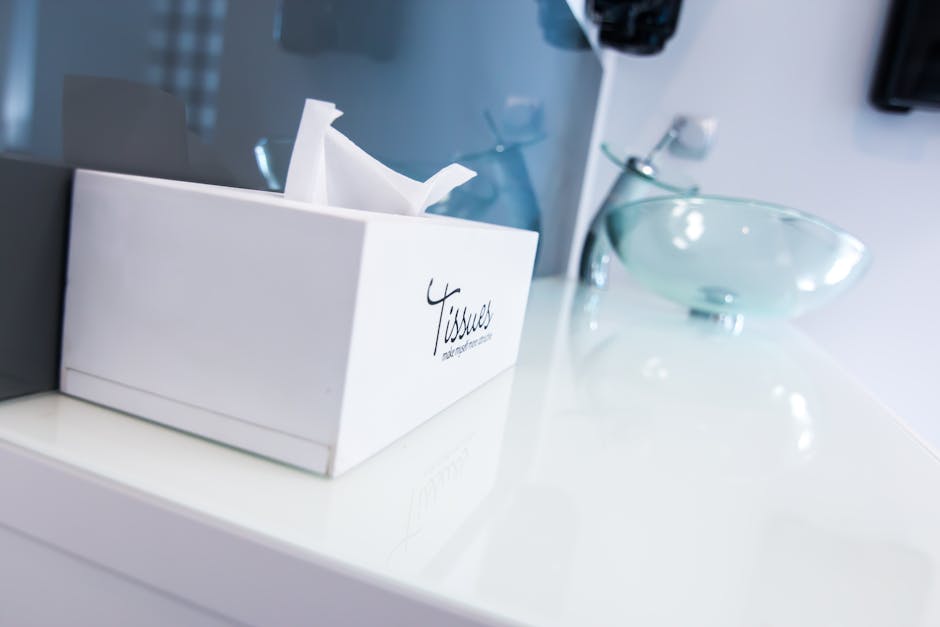-
Lot Size
-
Home Size1,881 sqft
-
Beds4 Beds
-
Baths3 Baths
-
Year Built2006
-
Days on Market1
Identifying Allergens in Your Home
- Neighborhoods and News
- February 16, 2018
 With the weather changing constantly and depending on where you live, allergies can be making you suffer right now. But, what exactly is making your allergies act up? Here is a list of household things that could cause allergies to flare up.
With the weather changing constantly and depending on where you live, allergies can be making you suffer right now. But, what exactly is making your allergies act up? Here is a list of household things that could cause allergies to flare up.
Plants
Plants pollination cycles are consistent and the same. Weather conditions affect pollen, so if you have any plants in your home their pollination cycles could be producing more pollen. In turn, your asthma or allergies will get irritated.
Molds
Did you know that 250,000 mold spores can fit on a pin head? There are both indoor and outdoor molds, and indoor molds can be found in dark, humid areas like:
- Bathrooms
- Basements
- Cellars
- Attics
Mold is not only harmful to those without allergies but can especially aggravate those that have allergies. You can be inhaling them and be completely unaware until you feel sicker than normal.
Pets
Pets have specific proteins in saliva, their dander, and urine. 15% of the general population is allergic to those proteins, while 20-30% of those with asthma are allergic. Even if you don’t have a pet, you can be exposed to these proteins from the clothing of those who do own pets. So, if you work with people that have pets, you could be having a reaction at work, too.
Pests
Dust-mite droppings are the most common household invaders that cause allergy problems. They can leave it throughout your household and they thrive in areas of high humidity. You can find it in:
- Mattresses
- Pillows
- Bed liners
- Upholstery
- Carpets
Cockroaches, mice, and rats are also unsightly nuisances that leave behind unwanted dropping and urine, which also contain major allergy protein triggers.
Foods
The most common allergies can be foods like:
- Milk
- Eggs
- Peanuts
- Wheat
- Soy
- Fish
- Shellfish
- Tree nuts
They can cause hives, eczema, asthma, and gastrointestinal symptoms. In most sever cases, it can cause anaphylaxis which can lead to emergency measures.
Household Products
Those with latex allergies can be having unknown reactions to products in their home that they didn’t know have latex in them. These items can include:
- Gloves
- Balloons
- Rubber bands
- Erasers
- Rubber toy parts
- Certain medical devices
- Latex clothing and elastic
- Pacifiers
Pollutants and Lifestyle Exposure
Pollutants like tobacco smoke, wood smoke, diesel exhaust, ozone, perfumes, and household cleaners can irritate people’s allergies and cause them to be more sensitive to the things they are already allergic to. Strenuous activity, medications, anxiety, and stress are also things that can affect the longevity of your reactions.



